Starburst Effect in Photography – Where does it fit in?
Starburst Effect in Photography can completely change the scene and add another element to the photograph that did not exist prior to the Photographer carrying out their work. For instance, it can add a dreamy peaceful twinkle to the light to a once moody scene.
Starburst Effect in Photography will add a completely new dimension to your photographs.
When shooting into a source of light you may notice that some of your images have a unique quality to the light within. This is known as Starburst Effect in Photography. Put simply, this happens when your aperture size is small or very small size (High f/ number).
This effect obviously is taking place when taking pictures at night so it’s quite popular in night photography and it really beautifies the image.
As you can see from the above picture, the detail goes as far as the camera can pick up and as previously mentioned, the Starburst Effect adds a completely new dimension to the picture adding to life-like look and feel.
So what about the Lens Aperture?
So, as previously mentioned we would advise that you set your Lens at the smallest aperture (or at least f/18) to archive the Starburst Effect.
Night Starburst Effect
In order to achieve the Starburst Effect during your exposures at night you have to consider using a tripod as your camera will have to compensate in order to achieve correct exposure so your shutter speed will be extended considerably.
What do you think of this? Is it something that you have tried?
If this is something that you’re interested in take a look at our latest photography courses by clicking here.
Please feel free to share your thoughts and feedback on our Facebook page, you can get there by clicking here.

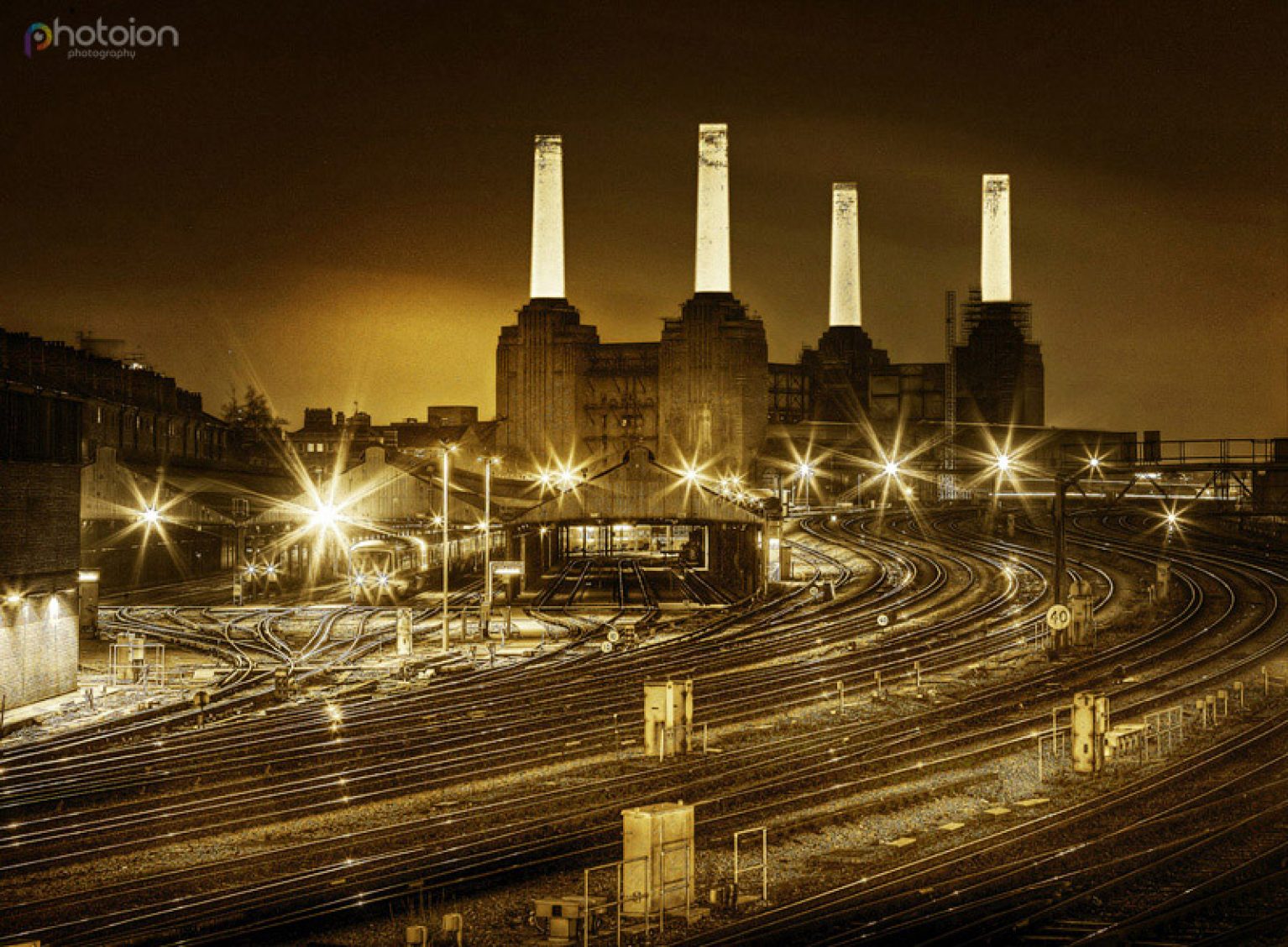
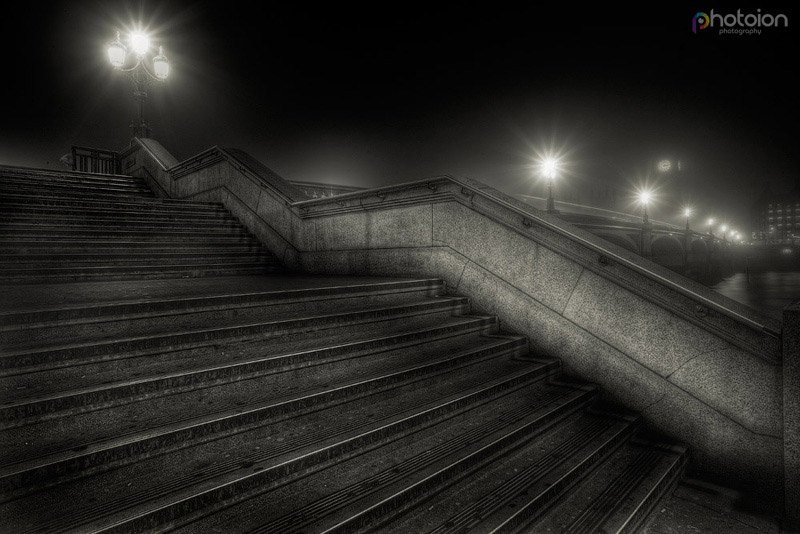
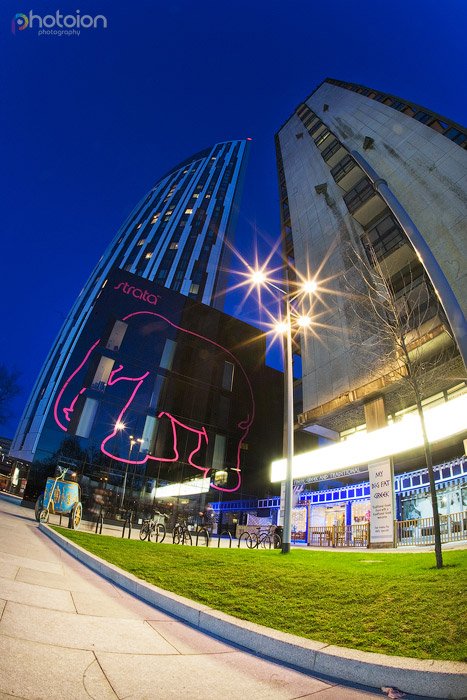
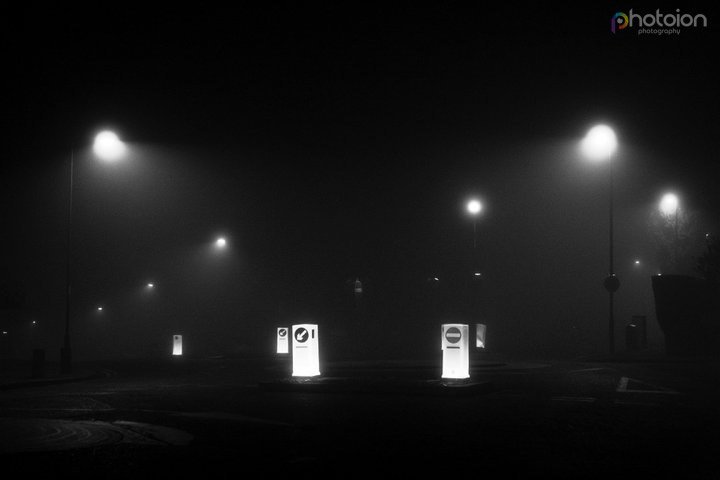
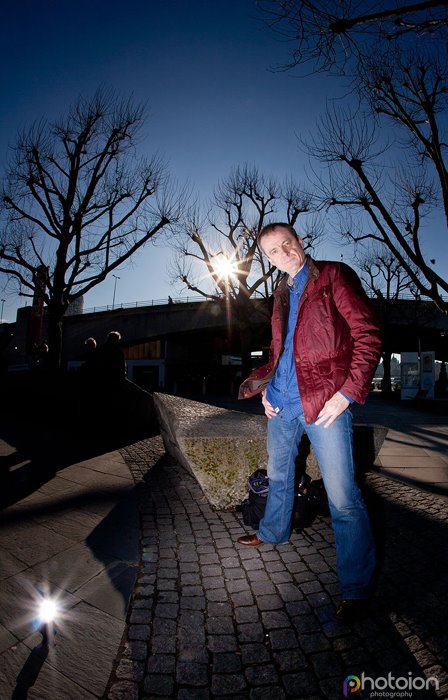
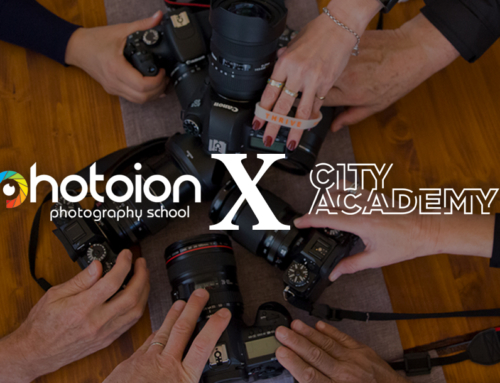
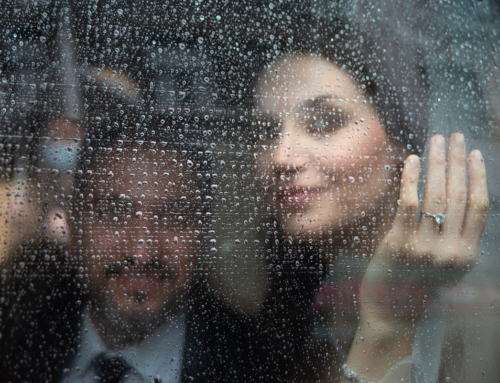
Leave A Comment